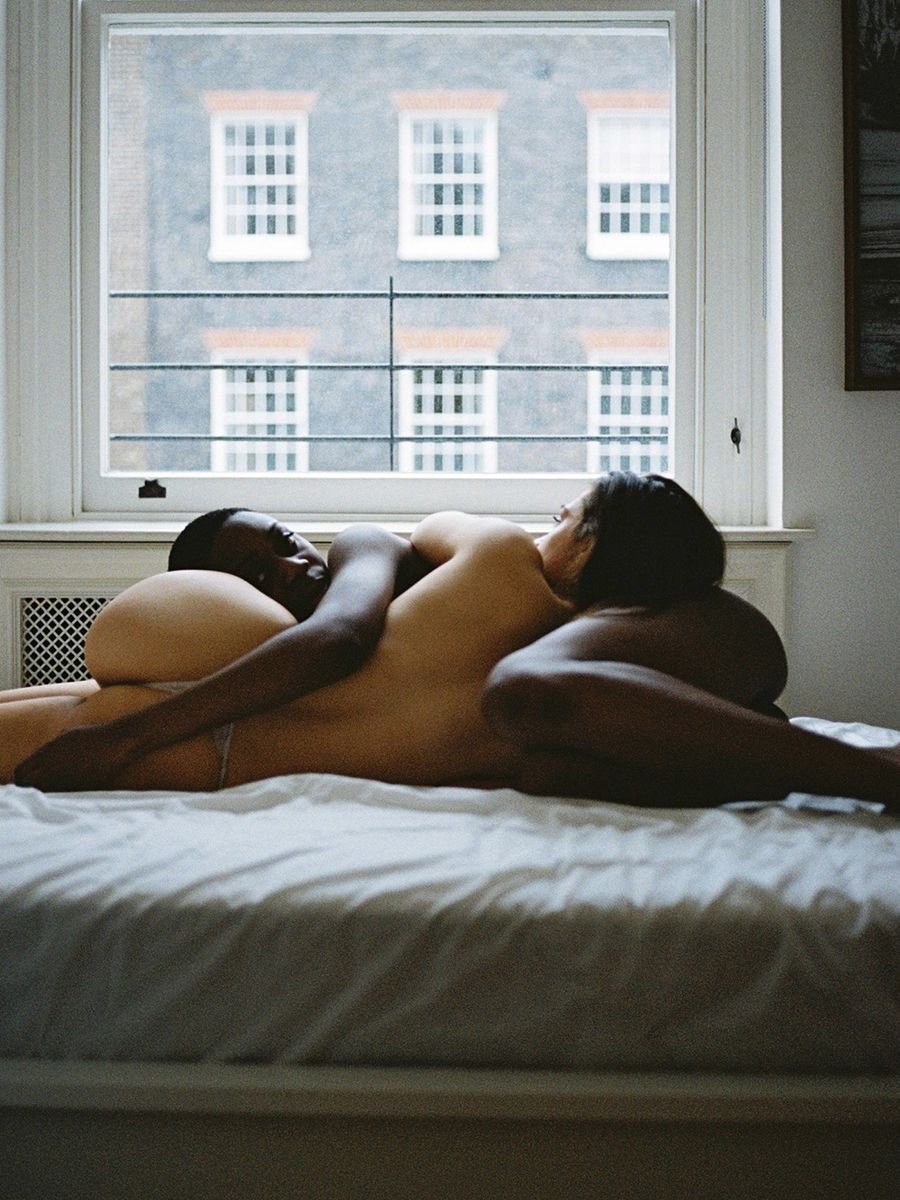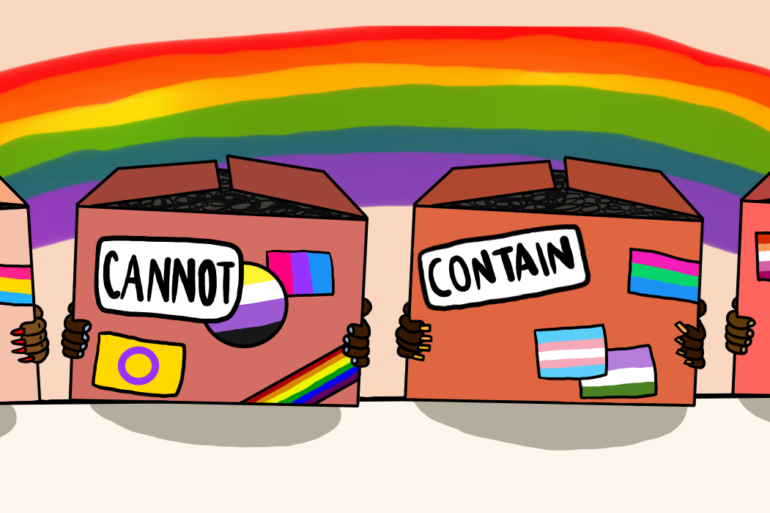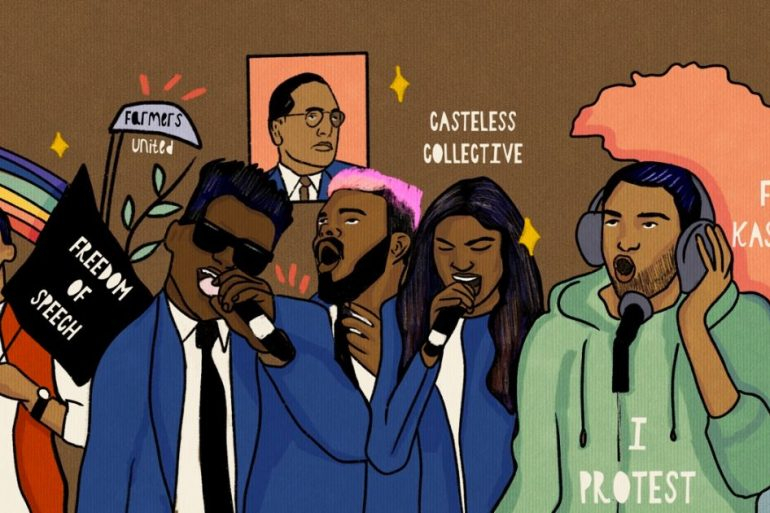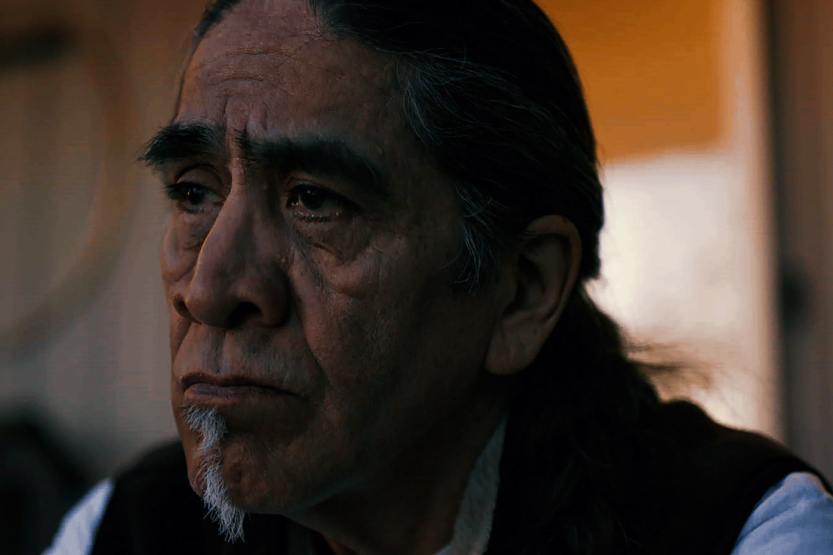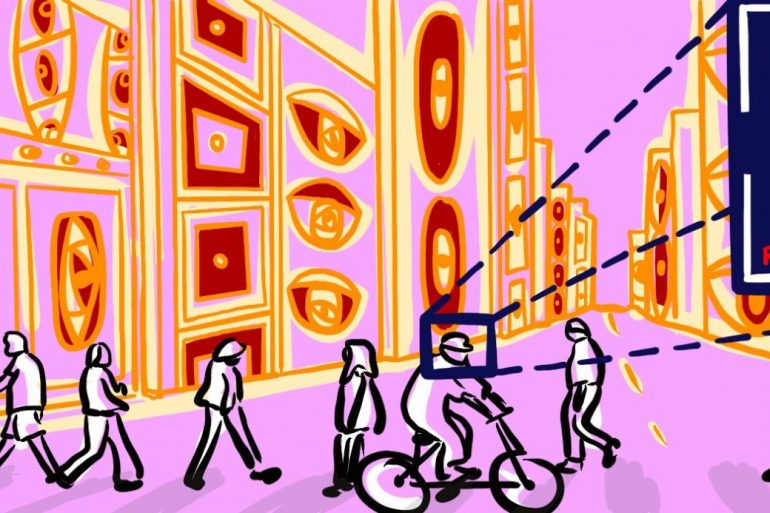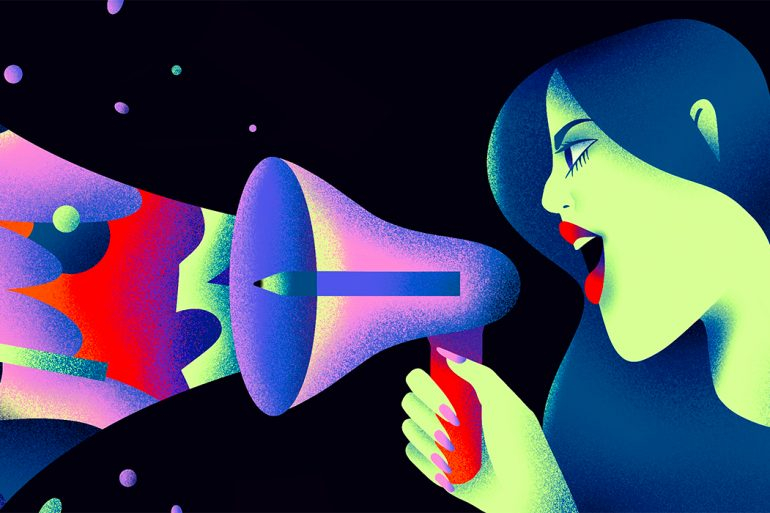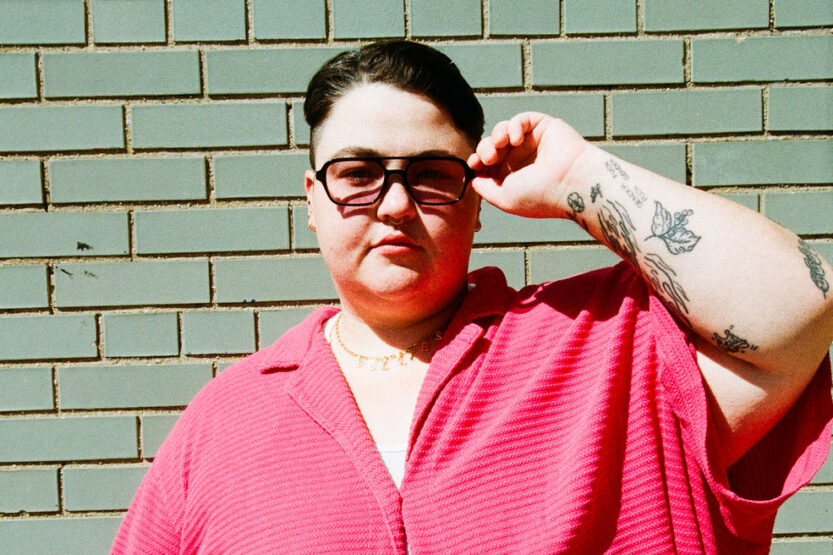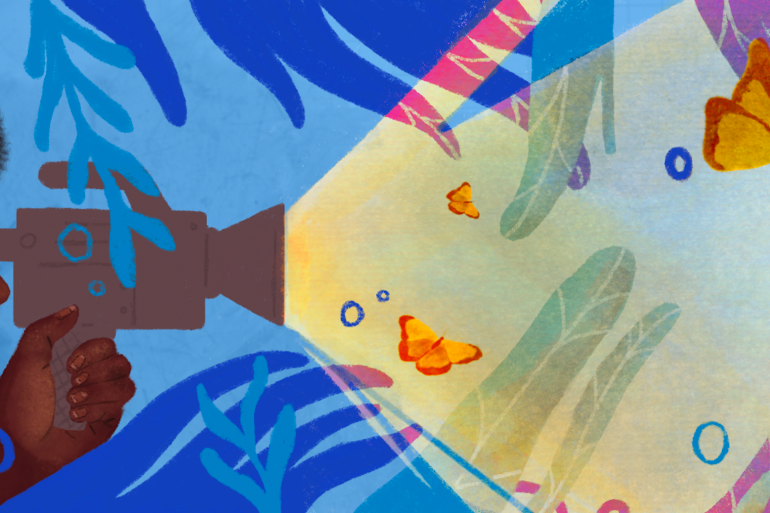The term ‘body positive’ is thrown about a lot these days. Whether it’s #bodypositive on Instagram or talking about the complexities of ‘beauty’ online, it has become a popular topic of discussion. But with so many opinions on what the movement means for different people, what does ‘body positive’ really stand for and how are artists embracing it within their work?
If you happen to be in New York over the next month, then you can discover how 50 contemporary artists are exploring what the body positive movement means for them during the BODY BEAUTIFUL exhibition at The Untitled Space. If not, then here are some of the ways that Indira Cesarine, the curator of the exhibition, and some of the artists involved are embracing the movement and breaking down what is ‘beautiful’.
“The body positive movement has become increasingly relevant to the contemporary dialogue of diversity and inclusion” – Indira Cesarine
You can’t talk about body positivity without acknowledging that this means something different for everyone. For some, this might be accepting what feeling ‘positive’ in their body feels like for them or perhaps this is part of a wider discussion that is fighting against what has traditionally been seen as a ‘beautiful body’. Cesarine acknowledges that “with beauty standards continuously transforming, what was once previously not accepted as ‘beautiful’ has expanded into the current ‘body positive’ narrative.” As this narrative continues to evolve, the body positive movement has started to become more intersectional and diverse, which is needed in order to represent the different ways people are identifying with the movement.
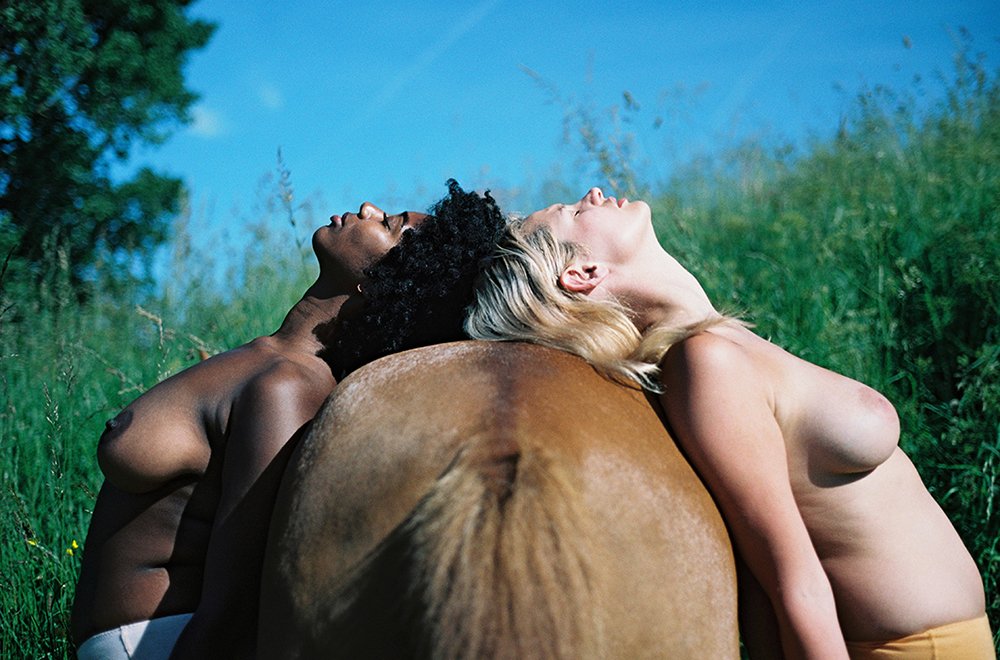
“For me being body positive is about love and acceptance. Loving and accepting all our bodies. Embracing our differences and the things that make each of us special allows us to be stronger individually and as a people. Loving ourselves enough enables us to love the people around us and give them the good energy they deserve” – Hiba Schahbaz
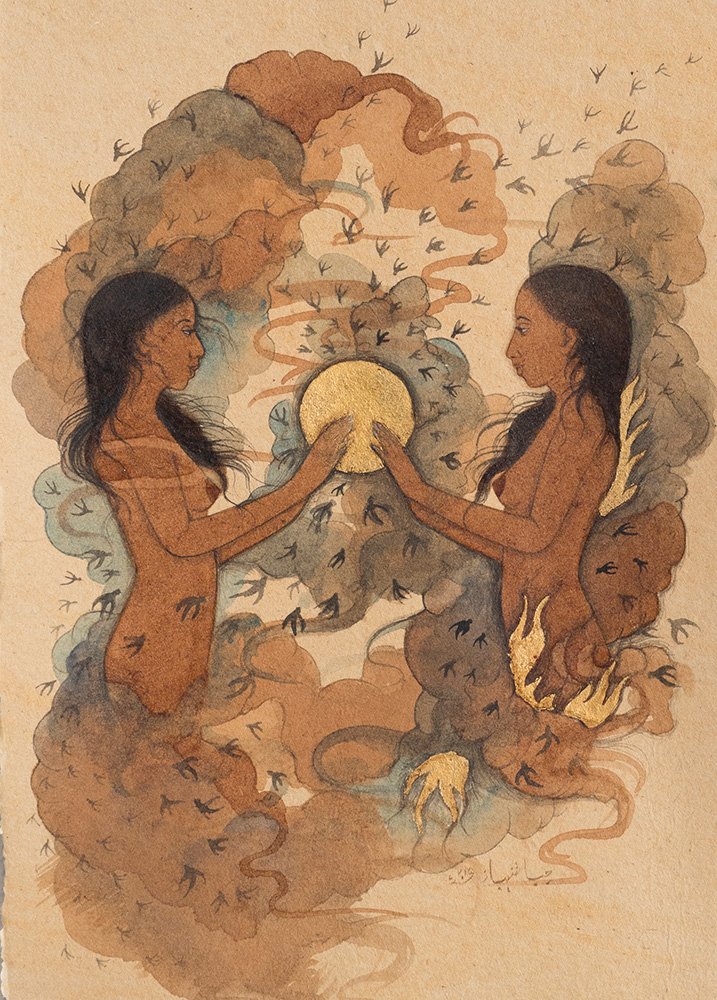
“Body positivity means I am good enough” – Elisa Valenti
Transformation is such an important part of accepting both the body positive movement and how you feel towards your own body. This is not a physical transformation but a psychological one. Not only do we need to constanting be learning how to create a better and more inclusive society, but we need to learn how to love and accept ourselves. This is integral to the body positive movement and with time, we can start to break traditional and restrictive narratives. In the words of artist Elisa Valenti, we are all good enough!

“Body positivity is owning your body, mind and autonomy, in spite of what society deems ‘attractive’ and ‘feminine’” – Anna Sampson
As curator Cesarine says, “we now live in an era where body acceptance has finally become not only an important subject, but it is taken seriously as central to the human experience” and this is reflected in many artists’ work. Looking back through art history, it becomes clear that the human figure has always been something that artists are fascinated with – whether it is their own or others’ bodies. However, the image of what has been ‘attractive’ and ‘feminine’ has fed into many womens’ subconscious feelings about their bodies. For artist Anna Sampson, body positivity is pushing against these constructs and claims it is “most importantly, to not let this subconscious-patriarchal bias have any control over you.”

“Body positivity for me is to live your own life on your own terms and not being afraid to take up all the space you want” – Sarah Maple
The imperfections of the human body are what makes it so beautiful. Our differences are what we should celebrate and not hide away. For artist Katy Itter, body positivity “means ignoring all social norms in order to be comfortable, not only with the shape of your body, or texture, or color of your skin, but also with the way the body functions.” Itter highlights the importance of normalising conversations, for example, around menstruation, gender fluidity, and disabilities, which will help to create more inclusive conversations within the body positive movement.
However, inclusivity is not only accepting what is on the outside but also (despite sounding cheesy) what is on the inside too. Just like artist Sarah Maple
claims: “I spent a lot of energy in my younger days trying to fit a certain physical ideal. It was a waste of time!” We have all been Maple, trying to fit in when really we should be claiming and taking up all the space we deserve. Live your life on your own terms!
BODY BEAUTIFUL, a group show curated by Indira Cesarine, is on at The Untitled Space, New York from 21 November to 14 December 2019

